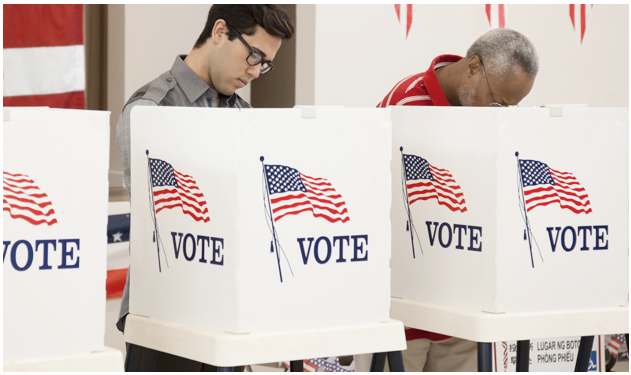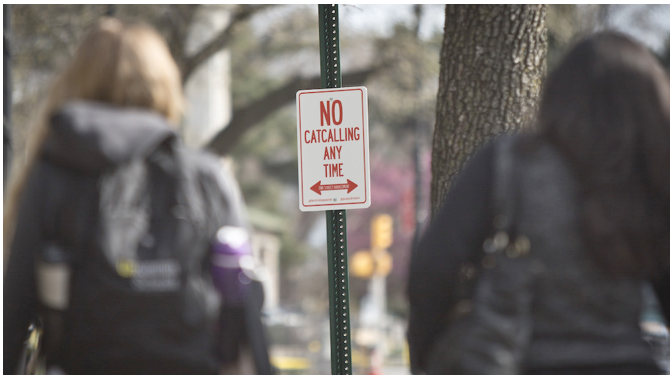EASTSIDER-I guess I have a very different view of our recent Presidential election. Truth is, Donald Trump won, Hillary Clinton lost. Period. Donald Trump will be President of the United States come January, and no amount of protests or whining is going to change that outcome.
For me, the more useful analysis has to do with what in the heck we do with our Democratic National Committee and the Democratic Party here in California. After all, the Republican National Committee and the Republicans have already given us their version of change -- President Trump.
My point of view is framed by having been a lifetime Democrat, and my dad was one of a handful of dentists in Orange County who was a Democrat. But the Democratic Party I belonged to and fought for back in the day is not the Democratic Party of 2016.
Nobody wants to admit that both Bernie Sanders and Donald Trump were responses to two national private clubs, the DNC and the RNC, that are absolutely rigged against ordinary Americans. Trump won, and we will have to see how he copes with the reality that the nation also re-elected most of the same old same old Senators and Congress Critters that he argued against. And they are mostly still charter members of the one dollar one vote brand of politics in America.
As for the Democrats, I see no real movement to get back in touch with that 90 percent of the electorate that does not represent the 1/2 of 1% of the rich and powerful. Face it, the DNC is a slush fund that sets its own rules to keep its current members in power, and those folk’s skill set is doing whatever it takes to grab as much corporate and billionaire money as they can. I think we all know the price for that trade.
As long as television networks like MSNBC are a subdivision of the DNC, paying ridiculous sums of money to DNC agents like Donna Brazile and other talking heads, you and I are in a world of hurt if we actually believe they represent us beyond the sound bites heard during the national elections, even as they look for gigs in a new administration.
Hillary Clinton Did Not Happen In a Vacuum
I remember when Bill Clinton got elected. He talked so good, and I gave him my hard earned money and thought how grand life would be. Sure. Then we got GATT & NAFTA & Don’t Ask Don’t Tell.
Bill Clinton was a “better” Republican than most in the Republican Party. I was crushed. And then we got Bush’d. Holy Moly, war without end, amen, and militarization of our police departments. Maybe Clinton wasn’t so bad after all. Except for the fact that most of my friends didn’t have jobs, and none of us had laws protecting us from the financial elites.
Then came my final disappointment: Barack Obama. Again, he talked so good that I gave him a bunch of money and bought into the “audacity of hope.” Boy did we hope and pray it was true. Maybe we could all get along and remove ourselves from the endless wars that were economically destroying our way of life. More on his legacy in a bit, but first, why don’t we try and put all of these relatively recent happenings and disappointments in historical context? A context I should have remembered.
A Fine History of Political Corruption
Most folks don’t realize it, but we in the United States have a fine history of political corruption. For those mildly interested in American history, Mark Wahlgren Summers wrote a couple of great books, The Plundering Generation about the Civil War Period, and the even more revealing, The Era of Good Stealings about the post Civil War Reconstruction period.
In his Preface to The Era of Good Stealings, Summers wrote, “From the bribery of lawmakers to ballot-box stuffing to administrative officers on the take, corruption had less important consequences than the corruption issue.”
That issue has never really gone away. We had muckrakers like Lincoln Steffens (The Shame of the Cities) at the Turn of the Century into the progressive era, proving again that political corruption has always gone hand in hand with financial corruption.
When the Sherman Anti-Trust Act (1890) was just laying around, President Teddy Roosevelt dusted it off and made it his vehicle for “trust busting” the Wall Street financial class. I find it fascinating that his first target was J. Pierpont Morgan in the early 1900s. Under the heading, “you can’t make this stuff up,” I cannot resist noting that old J.P.’s current incarnation, J.P. Morgan Chase, was at the heart of our 2007/08 financial services industry meltdown.
To jet ahead to now, we had the Great Depression and the establishment of the Glass-Steagall Act, designed to reign in the financial services industry. And then we had President Bill Clinton who repealed it. Good move.
Now we have been given, in order, the almost great depression of 2007/08, Obama, Hillary Clinton and Donald Trump. Ain’t progress grand? All the same political and financial corruption issues that Summers and Steffens wrote about over a hundred years ago.
Back to the Obama Presidency
Presidential candidate Obama did something that hadn’t happened for quite a while: he articulated a vision of hope and working together for a better America, and did it well. A lot of us bought into this vision because we wanted to believe that it was possible, even in the face of the meltdown of our financial services industry and permanent war around the globe.
I won’t go into the details of his presidency, other than to say “so sad too bad,” and to point out a few things that we now know were actually going on within the campaign even as we all stood in line to attend Obama rallies.
As a quick popular read, you might check out a book by Ron Suskind, Confidence Men: Wall Street, Washington, and the Education of a President.
The book is not without its critics or faults, but most of the criticisms are inside baseball kind of stuff. Frankly I could care less about Larry Summers or Timothy Geithner or Ben Bernanke. What they and their cronies did and who they took money from is a matter of public record.
My interest in the book is simple: It shows that while Barrack Obama was running for the White House on a platform of populism and togetherness, he was, in fact, in bed with and subsidized by the very financial services industry he was promising to fix. As for targeting blocks of voters, Suskind’s electoral math at the beginning of the book shows that Obama was targeting the “ten million low to moderately skilled white workers,” under the banner of restoring our infrastructure. Sounds right to me. Of course it didn’t happen, and oh gee, I wonder what current president-elect echoed those refrains? Hint: it wasn’t the Democratic nominee.
It is a fact that, under the Obama administration, not one of those crooks in the financial services industry has been indicted or gone to jail. Instead, they got private meetings with the Attorney General of the United States and cut deals to have their shareholders pay fines without any admission of personal liability. And their lobbyists in Congress got to turn the Dodd-Frank Wall Street Reform and Consumer Protection Act of 2010 into a 2300 page giant telephone directory of mishmash.
Ultimately, as a result of endless litigation, stalling, and an army of lobbyists buying both houses of congress, the bill is still getting (re)written. Further, between the legislative budget manipulation, fiddling with the regulatory agencies, and the Administration’s own lame appointments (read industry shills,) Niccolo Machiavelli would have to update The Prince to be current.
I was especially amused by Morrison & Forerster’s Cheat Sheet from 2010. If you take a look, it will give you a taste of what I’m referring to in Dodd-Frank.
As an A-List San Francisco behemoth, I just had to give some credit to MoFo as a relatively “local,” front for corporate America. Not to mention they produce a spiffy pdf.
So What the Heck Do We Do Now?
Ok, ok, even if what I say is true, what now? The real question after the 2016 Presidential election is what can we do to change this mess? Trump or no, the fact is that the vast majority of both houses of congress represent politicians totally beholden to the DNC, the RNC, and the billionaire class that owns the financial services industry. Groovy.
Bernie was right on. You and I have about as much influence with these people as the serfs of Imperial Russia.
Here in California, there are also warning signs that the relative stability and economic success of my generation is now gone forever, for both us and our children. Factor out the uber-rich from Silicon Valley and the Entertainment Industry moguls, mix in the incestuous California Democratic Party, and I think you will find a state that’s not that different from the rest of the nation underneath; just more diverse. And our budget is largely dependent on the “temporary tax” on those rich folks that was just extended by the voters on November 8th.
When I talk to my neighbors and people who actually live in Northeast LA, it’s about jobs and economic survival. Something like nine million jobs disappeared between 2007 and 2010, and by and large, they haven’t come back. A lot of those jobs were good paying jobs that let people have a home and send their children to school and plan for retirement.
Don’t They Get that It’s All about Jobs?
The jobs that have been generated lately have been either at the bottom end of the wage scale or the high-end tech and professional occupations. CityLab’s Laura Bliss has a good article on this reality here.
Notwithstanding all the statistical modifications and revisions, simply disappearing the long-term jobless from the rolls of our state and federal employment statistics doesn’t do a heck of a lot towards getting them work. Just because the Democratic elites joined with the Republican elites in ignoring any pretense of providing full-time decent jobs with benefits, doesn’t say much for either one of them. William Black has a telling article about the phenomenon.
Further, our younger workers, categorized as “Millennial’s,” are very nervous about their own employment prospects and for cause. The “shared economy,” “gig” employment, student debt and low wages do not make for anything other than anxiety and pessimism about the future. See the recent study results on the Millennial Economy.
Millennials are leaving LA in droves, and our young people can’t get jobs at all.
Back to the Roots - Re-Forming the Democrats
It used to be that the Democratic Party represented working people, their hopes and aspirations. Those days went bye bye with Bill Clinton and have never returned. Bernie Sanders has it 100% right about politicians needing to represent the 99% of people instead of toadying up to the 1%.
This not about “left” or “right.” Those are simply stupid and divisive labels used by professional political elites to brand their version of two party HORSE PUCKEY. My name is Tony, not “white college educated.” My wife is Paula, not “multi-racial API with PhD.” My friend Edwin is named Ed, not “African-American professional,” and my pal Raul is named Raul, not “high-school educated Latino.”
I think that we all have an absolute moral imperative to either hang up or lie through our teeth to any political pollster. Let them rot, instead of making money in trying to manipulate us.
We need to get rid of fear and get the Democrats moving on -- worrying about how to create and maintain decent jobs for Angelenos, jobs where they can get and stay out of poverty. As the Brookings Institute noted, “poverty crosses party lines.” Duh.
On the Local Level
We do not need our essentially all Democrat LA City Council and Mayor to continue to run around and spend money we don’t have on new tax initiatives, even as they sell their souls to big developers. They will not be around when the bill comes due and you and I need a job or help. We need to elect Democrats who will generate decent jobs that are more than a gig or a project.
We need to elect Democrats who will actually represent the men and women of their political boundaries, not just cater to and manipulate a fraction of the less than 10% of people who even bother to vote in municipal elections. And stop blaming us that only 10% of the City votes. Look instead at our choices of candidates and their performances.
I know you will not be surprised that I am a great fan of Bernie Sanders and OurRevolution.
Bernie is joined by other people across the country, like Tim Canova in Florida, who recently lost to Debbie “PayDay Loan” Wasserman Schultz. He also has set up a grass roots movement called Progress For Now. Other real Democrats throughout the country are doing the same.
It’s time for real people to get together, organize, and elect people who will take care of the 99% for a change. Otherwise, these idiots in both parties are going to take us down in another crash they can’t fix.
Let’s go for it. As The Donald said, “What have we got to lose?”
(Tony Butka is an Eastside community activist, who has served on a neighborhood council, has a background in government and is a contributor to CityWatch.) Edited for CityWatch by Linda Abrams.

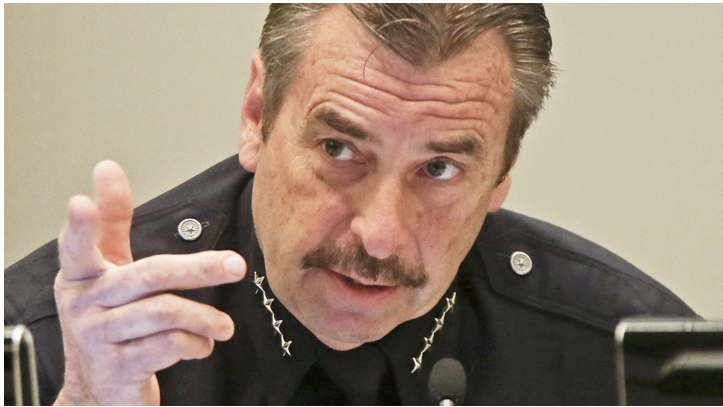
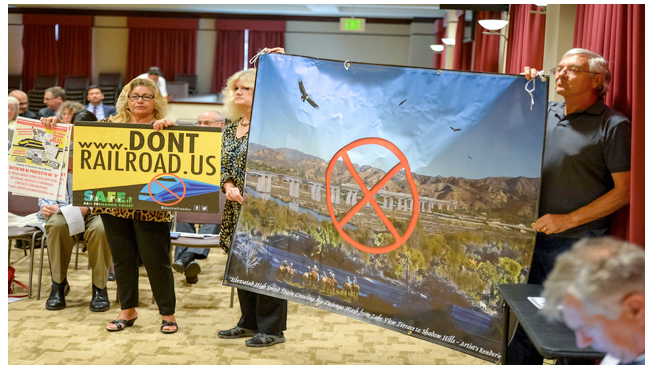



 Therefore, because of the adversarial interests between Miracle Mile residents living in single family R1 houses and those living in mostly small multi-occupant rent-stabilized buildings, it appears that O'Sullivan, Ken Hixon, and others heading the MMRA leadership, have not been forthcoming with all the necessary facts that would allow all Miracle Mile residents to make informed decisions about what would be best for everyone in the neighborhood.
Therefore, because of the adversarial interests between Miracle Mile residents living in single family R1 houses and those living in mostly small multi-occupant rent-stabilized buildings, it appears that O'Sullivan, Ken Hixon, and others heading the MMRA leadership, have not been forthcoming with all the necessary facts that would allow all Miracle Mile residents to make informed decisions about what would be best for everyone in the neighborhood. 

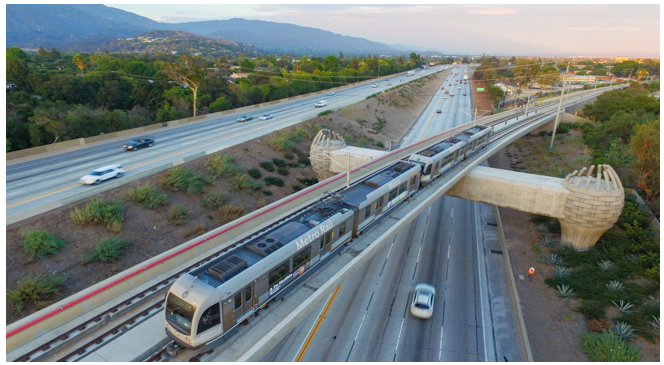

 Based on their performance in promoting Caruso Affiliated’s 333 S. LaCienega project at the City Planning Commission, I think the new show might even deny Julia Louis Dreyfuss her ninth Emmy. We also may need to move quickly because if the
Based on their performance in promoting Caruso Affiliated’s 333 S. LaCienega project at the City Planning Commission, I think the new show might even deny Julia Louis Dreyfuss her ninth Emmy. We also may need to move quickly because if the 


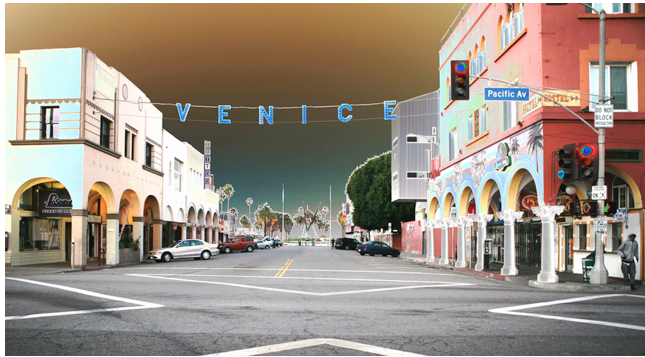
 We don’t know how many commercial buildings and how many residential apartments were converted and taken over by Snapchat this past year or two, but it is getting easier to recognize a building housing the Snapsters.
We don’t know how many commercial buildings and how many residential apartments were converted and taken over by Snapchat this past year or two, but it is getting easier to recognize a building housing the Snapsters. 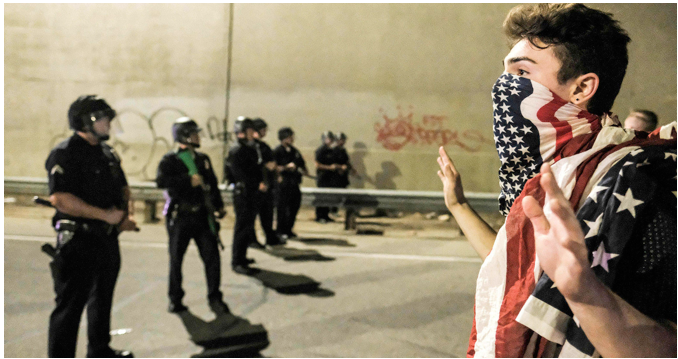
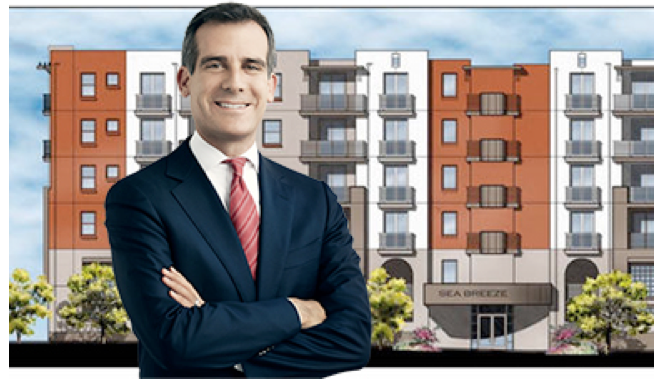



 Eight thousand Angelenos walked from MacArthur Park downtown. I am not as young as I was, and those eight miles hurt just as we were warned:
Eight thousand Angelenos walked from MacArthur Park downtown. I am not as young as I was, and those eight miles hurt just as we were warned: 
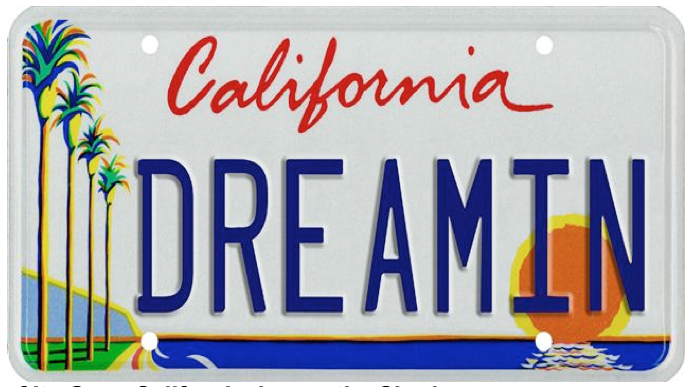
 California is on the road to a bifurcated, almost feudal, society, divided by geography, race and class. As is clear from the most recent Internal Revenue Service data, it’s not just the poor and ill-educated, as Brown apologists suggest, but, rather, primarily young families and the middle-aged, who are leaving. What will be left is a state dominated by a growing, but relatively small, upper class, many of them boomers; young singles and a massive, growing, increasingly marginalized “precariat” of low wage, often occasional, workers.
California is on the road to a bifurcated, almost feudal, society, divided by geography, race and class. As is clear from the most recent Internal Revenue Service data, it’s not just the poor and ill-educated, as Brown apologists suggest, but, rather, primarily young families and the middle-aged, who are leaving. What will be left is a state dominated by a growing, but relatively small, upper class, many of them boomers; young singles and a massive, growing, increasingly marginalized “precariat” of low wage, often occasional, workers.